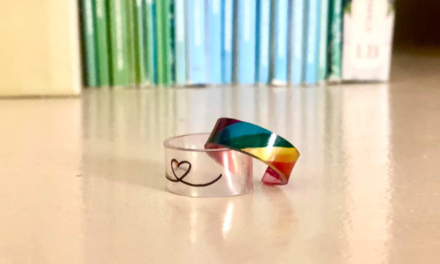Jaclyn Tripp and Jön Soul
SHREVEPORT, La. (KTAL/KMSS) — Would you like to know an easy and satisfying way of turning your leftovers from breakfast, lunch, or dinner into nutrient-rich soil?
Here’s how.
Keep composting simple
First, the only science you need to know to compost is simple: everything that was once alive and living decomposes eventually.
When we compost, we are simply helping to determine the rate by which decomposition happens.
And second, since there is no such thing as “waste” in nature. We can feel a sense of satisfaction when our own actions are in alignment with it.
How to create a compost bin
- Find a convenient location in your yard. Avoid putting your compost pile in the back corner unless you only plan to go there once a week.
- Decide on a style of bin (or use no bin at all). Piles work just fine. Either way, your bin or pile should be roughly 3 feet x 3 feet x 3 feet. (See bin styles here.)
- Begin layering “browns” (think leaves) and “greens” (grass clippings, food scraps, coffee grounds) in a rough ratio of 3 parts brown to 1 part green. You’ll want the greens to stay covered by the browns.
- Add a little water if necessary. Piles should be moist, not wet.
- Turn or churn the pile every so often in order to add oxygen.
There are a few other tips for creating a compost bin that can be found here, but the most important thing to remember is that decomposition will happen with or without you. So don’t you dare worry about messing up!
And if it sounds like we’re taking care of some kind of critter by providing a structure, food, water, and air to breathe, in a way we are.
Beneficial bacteria, the very first form of life on our planet, along with other microorganisms and biodegraders such as fungi, mold, earthworms, and insects, flourish when conditions are right. They transform everything that came from the soil – all of our food and yard trimmings – back into it.
They are very much indeed a necessary part of the web of life.
The result
It will take somewhere between three months and two years to have soil you can use depending on how actively you work your pile. The finished compost can be mixed in as an amendment to existing garden beds, used to start a new one, or spread as a mulch around trees and shrubs in your yard.
Or, you do not have to use it at all! It can simply stay put and continue to feed the soil organisms around it. Either way, you will have completed the circle and feel good about doing it.
Jön Soul lives and works in the Red River watershed where he teaches outdoor education, upper elementary life science, and functional geography at The Montessori School for Shreveport. He owns the Caddo Outdoor Education Program, L3C, and is the founder of the Coates Bluff Nature Trail. Jon believes in place-based education, sustainable city living, and that we are only as healthy as our watershed.




